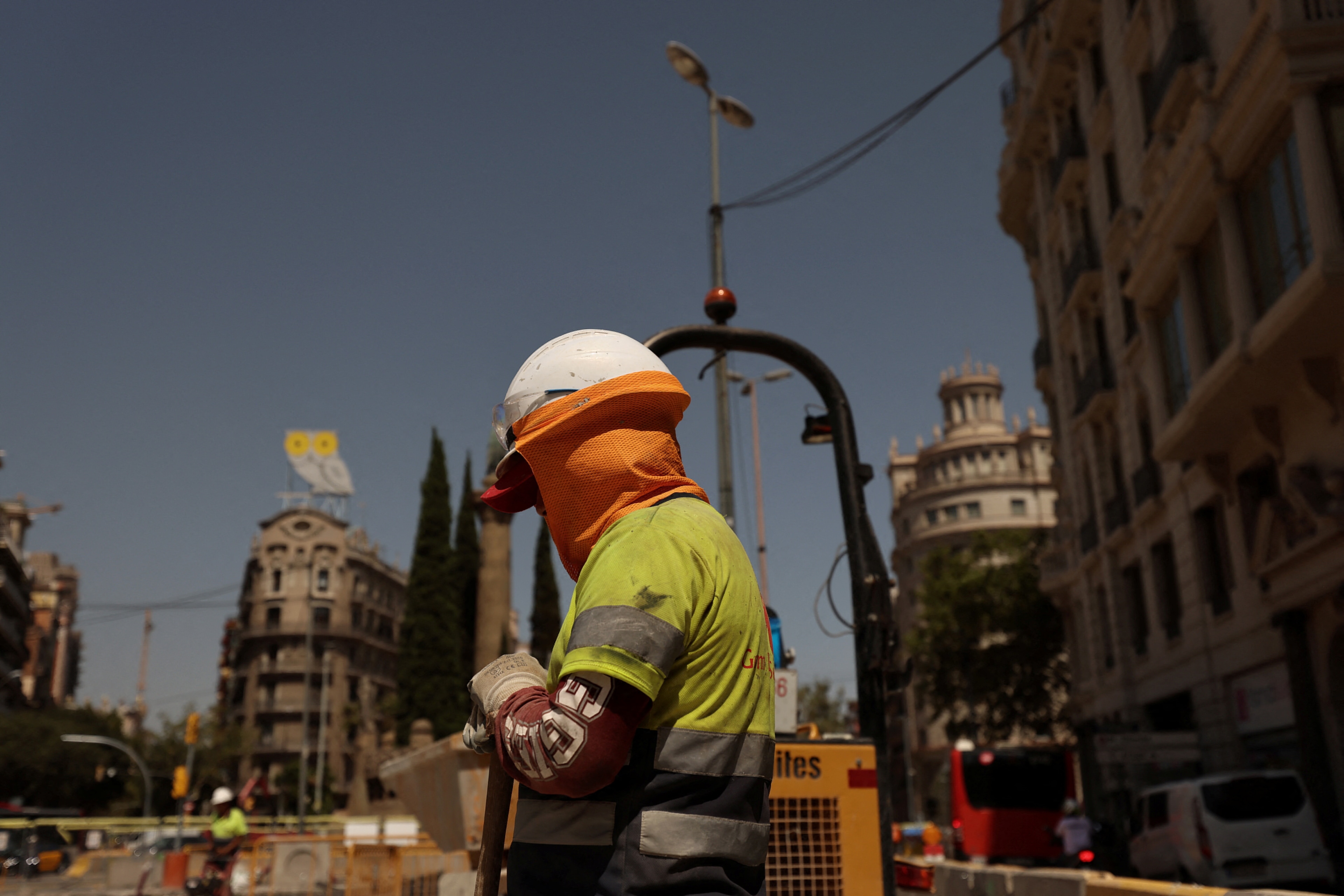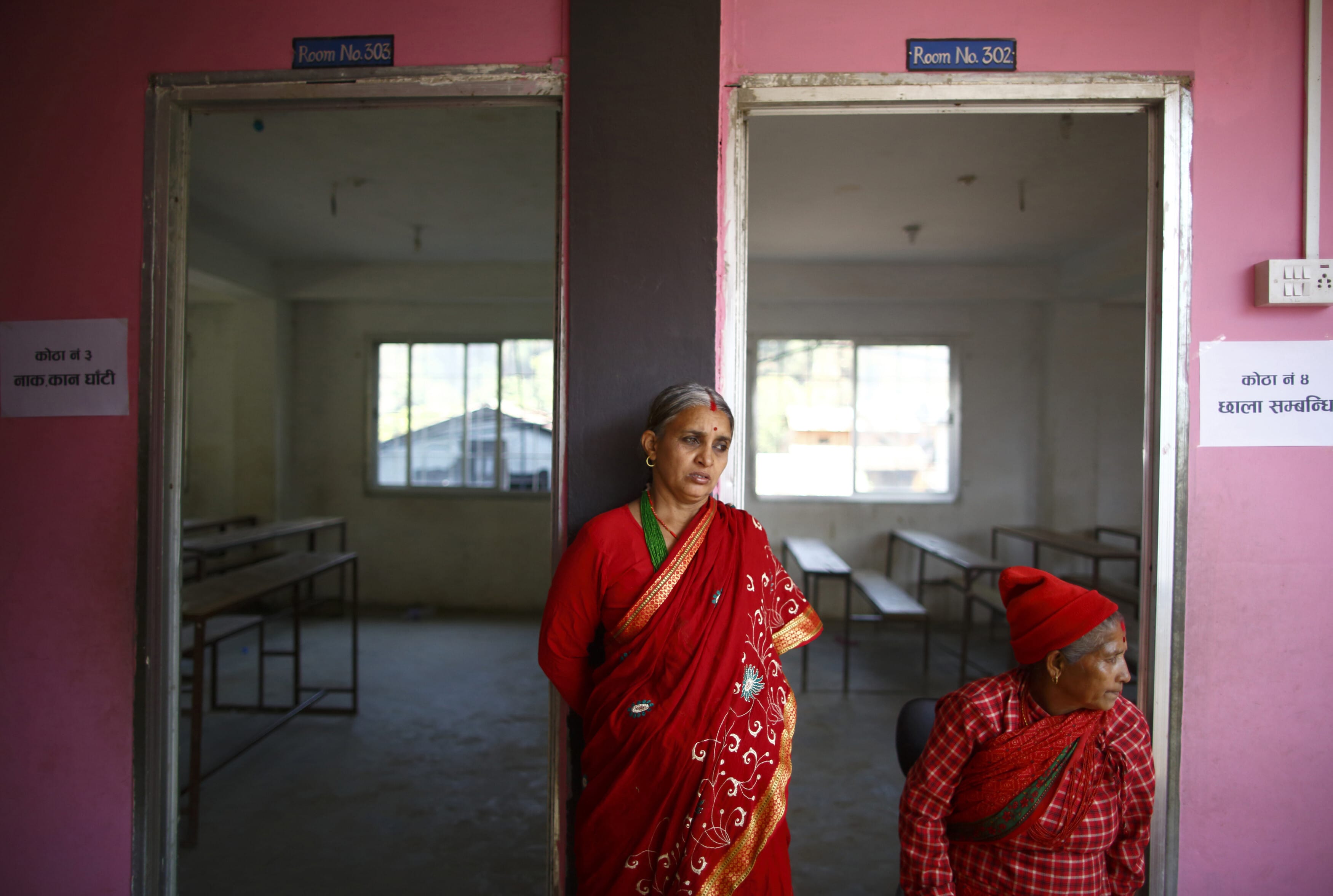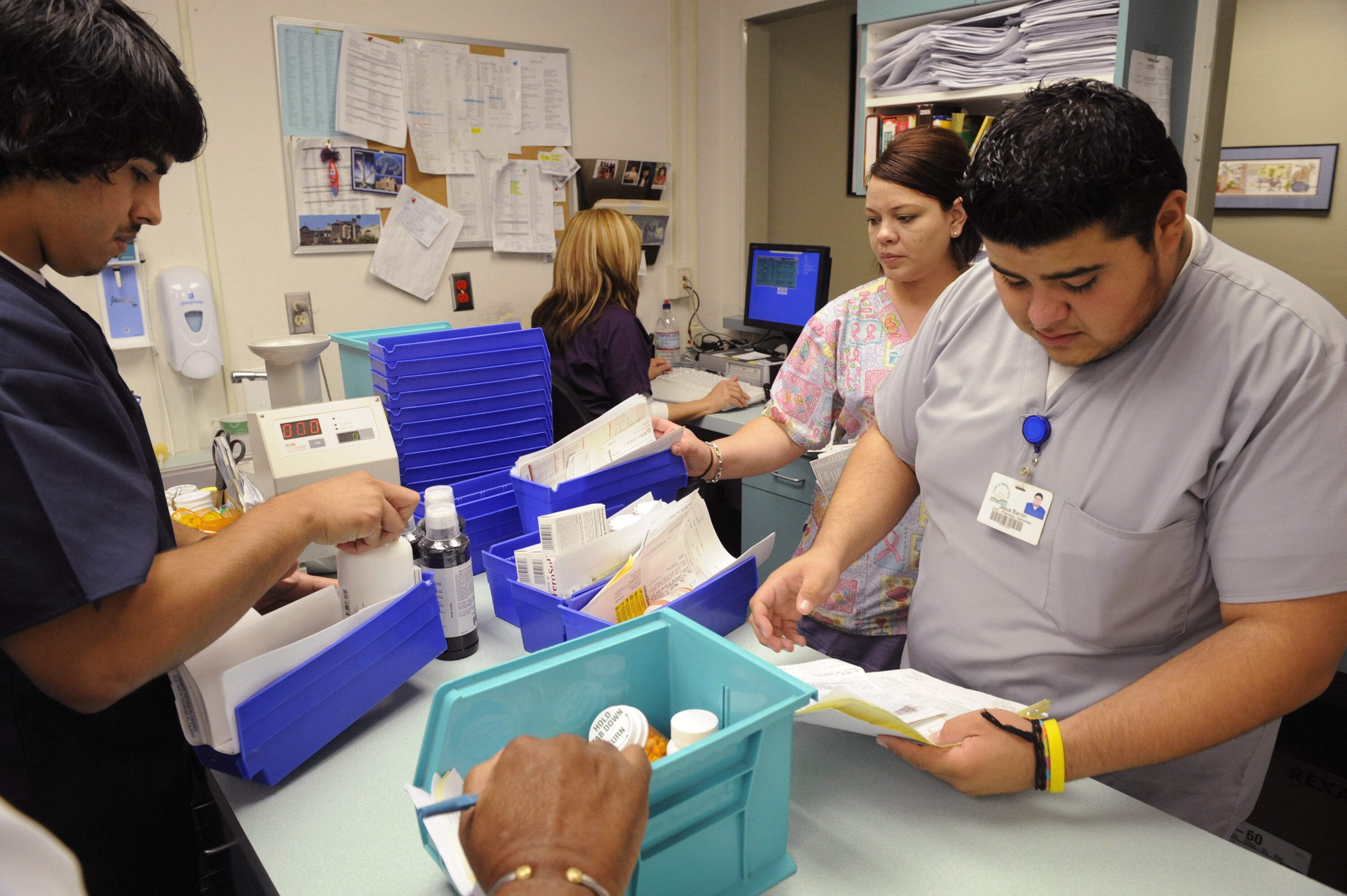Doctor Copper: this Canadian mining company explains how the red metal fights COVID-19

The anti-bacterial quality of copper surfaces kills virus-spreading bugs.
Image: Photo by Nicola Fioravanti on Unsplash
Stay up to date:
Modern Mining
- The COVID-19 virus survives for less than four hours on copper surfaces, compared to up to three days on plastic and stainless steel.
- The use of copper in the physical environment of both healthcare and everyday high-touch settings can complement other measures to combat the spread of diseases.
For more than 10,000 years, copper has played numerous critical roles in human civilization. The red metal’s pliability, conductivity and durability have seen it used in everything from early tools to plumbing to modern electronics. In fact, copper is now so ubiquitous that the health of the copper market is often a predictor of the health of the economy overall – a fact that’s earned it the nickname “Doctor Copper”.
Today, as the world grapples with a pandemic, it turns out that the Doctor has an important part to play in healthcare, thanks to an unusual property that makes the metal a coronavirus killer. Copper is naturally anti-microbial, eliminating up to 99.9% of harmful bacteria and viruses by “punching holes in the microorganisms,” according to Dr Titus Wong, Regional Medical Director of Infection Control at Vancouver Coastal Health.
A recent study from the US National Institutes of Health, Center for Disease Control, UCLA and Princeton University scientists found that the COVID-19 virus survived for less than four hours on copper surfaces, compared to up to three days on plastic and stainless steel. And a new Vancouver Coastal Health study, confirmed copper’s durability and infection control benefits in a hospital setting. The study highlights the effectiveness of using copper to kill unwanted bacteria and viruses, demonstrating that its use in products and surfaces can help combat the spread of diseases such as COVID-19.

That research is part of the Copper & Health programme that Teck Resources has been working on in cooperation with healthcare professionals and partners in academia since 2016. The goal of the programme is to assess copper’s potential to make communities safer by reducing healthcare-acquired infections (HAIs). HAIs are the fourth-leading cause of death in Canada, costing the healthcare system more than $1 billion annually. According to York Health Economics Consortium, the cost of installing antimicrobial copper can be recouped in less than two months as a result of savings found through a significant reduction in patient infections and reduced length of hospital stay.
Copper has already been installed on high-touch surfaces such as doorknobs, counters, bedrails, light switches, and railings across more than 300 healthcare facilities in 26 countries. Through Copper & Health, Teck Resources has supported increased awareness and research on copper’s antimicrobial use in Canada, as well as pilot projects to test it in healthcare settings. This includes the installation of copper-infused countertops in Vancouver General Hospital – the first such use of copper in a Canadian hospital.
As the current global pandemic has made clear, sanitizing surfaces is critical not just in hospitals, but in all high traffic areas. In Santiago, Chile, ten kilometers of copper-alloy handrails have already been installed along the subway lines, with plans to add more copper surfaces throughout the transit system.
A car plant in Ontario recently installed copper-coated handrails as part of COVID-19 prevention measures prior to restarting. Copper surfaces are also appearing in training centres for professional sports teams, in airports and in restaurants, where uses range from exercise equipment to elevator buttons to kitchen appliances.
While this progress is promising, the adoption of copper for infection is still in the very early stages. As a major copper producer with an abundance of mineral resources and mining expertise, Canada can help lead a global shift towards the use of copper surfaces both in healthcare, as well as everyday settings, to help save lives.
Of course, the most effective means to combat COVID-19, or any other virus, remain frequent handwashing, good hygiene and physical distancing. But the strategic use of copper can supplement these, to make the physical environment actively fight back against harmful bacteria and viruses.
Don't miss any update on this topic
Create a free account and access your personalized content collection with our latest publications and analyses.
License and Republishing
World Economic Forum articles may be republished in accordance with the Creative Commons Attribution-NonCommercial-NoDerivatives 4.0 International Public License, and in accordance with our Terms of Use.
The views expressed in this article are those of the author alone and not the World Economic Forum.
Forum Stories newsletter
Bringing you weekly curated insights and analysis on the global issues that matter.
More on Health and Healthcare SystemsSee all
Andrea Willige
September 22, 2025
David Elliott
September 22, 2025
Amira Ghouaibi
September 22, 2025
David Elliott
September 19, 2025
Nina Rawal and Dorothy Chou
September 18, 2025
Eric White and Elia Tziambazis
September 18, 2025






